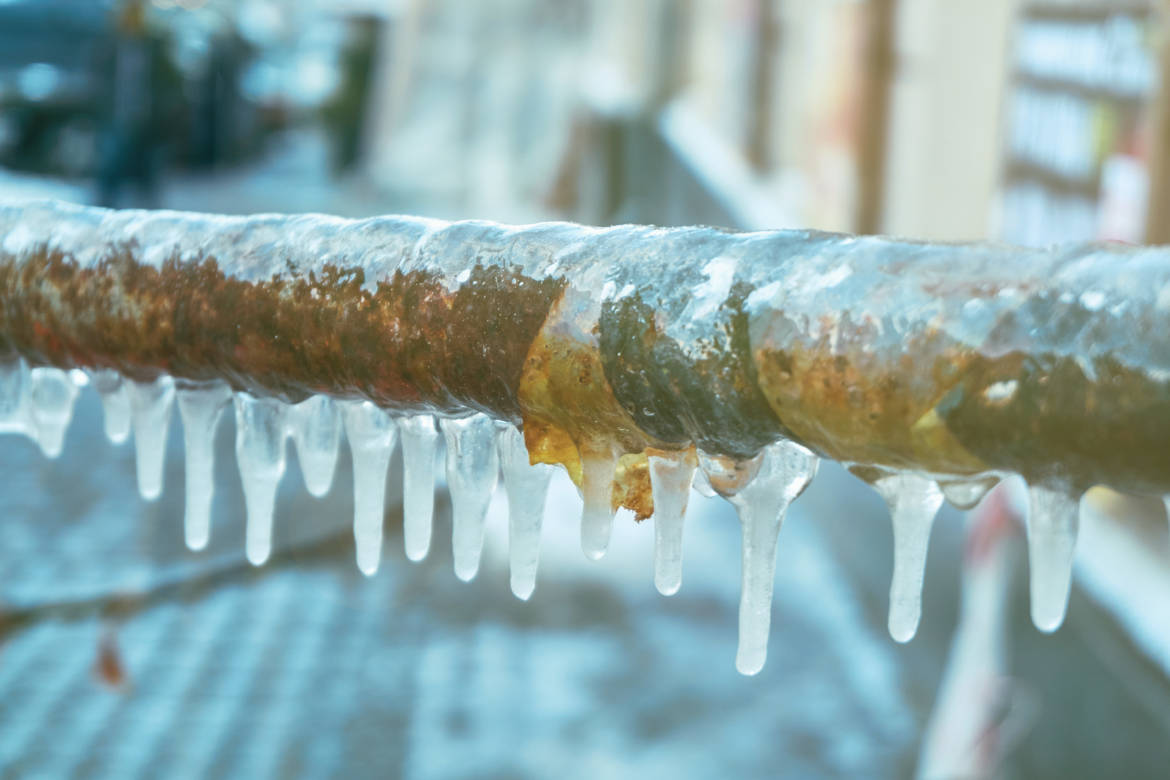Shielding Pipes from Cold Weather Issues: Essential Tips
Shielding Pipes from Cold Weather Issues: Essential Tips
Blog Article
Have you been on the lookout for related information on Helpful Tips to Prevent Frozen Pipes this Winter?

Cold weather can wreak havoc on your pipes, especially by freezing pipes. Right here's just how to prevent it from occurring and what to do if it does.
Intro
As temperatures decrease, the risk of frozen pipelines increases, possibly resulting in pricey repair work and water damages. Recognizing exactly how to stop frozen pipelines is crucial for homeowners in chilly climates.
Recognizing Frozen Pipelines
What creates pipelines to freeze?
Pipelines ice up when exposed to temperatures below 32 ° F (0 ° C) for expanded durations. As water inside the pipelines freezes, it broadens, taxing the pipe walls and potentially triggering them to burst.
Dangers and problems
Frozen pipes can lead to water supply disruptions, home damage, and pricey repair work. Ruptured pipes can flooding homes and cause considerable structural damage.
Indications of Frozen Pipes
Identifying icy pipelines early can stop them from bursting.
Just how to determine icy pipes
Look for reduced water circulation from faucets, uncommon odors or sounds from pipes, and visible frost on subjected pipes.
Prevention Tips
Shielding vulnerable pipelines
Cover pipelines in insulation sleeves or make use of warmth tape to safeguard them from freezing temperature levels. Focus on pipes in unheated or exterior locations of the home.
Heating methods
Maintain indoor areas sufficiently warmed, specifically locations with pipes. Open closet doors to permit cozy air to distribute around pipes under sinks.
Safeguarding Exterior Plumbing
Garden hoses and outdoor taps
Detach and drain yard hose pipes prior to wintertime. Install frost-proof faucets or cover outdoor taps with shielded caps.
What to Do If Your Pipes Freeze
Immediate activities to take
If you presume icy pipes, maintain taps open to alleviate stress as the ice melts. Utilize a hairdryer or towels taken in warm water to thaw pipelines slowly.
Long-Term Solutions
Structural modifications
Take into consideration rerouting pipes far from exterior wall surfaces or unheated areas. Add extra insulation to attics, basements, and crawl spaces.
Updating insulation
Purchase high-quality insulation for pipes, attic rooms, and walls. Correct insulation aids keep regular temperatures and lowers the danger of icy pipelines.
Conclusion
Avoiding frozen pipelines requires positive actions and quick actions. By comprehending the causes, signs, and preventive measures, homeowners can protect their plumbing throughout winter.
5 Ways to Prevent Frozen Pipes
Drain Outdoor Faucets and Disconnect Hoses
First, close the shut-off valve that controls the flow of water in the pipe to your outdoor faucet. Then, head outside to disconnect and drain your hose and open the outdoor faucet to allow the water to completely drain out of the line. Turn off the faucet when done. Finally, head back to the shut-off valve and drain the remaining water inside the pipe into a bucket or container. Additionally, if you have a home irrigation system, you should consider hiring an expert to clear the system of water each year.
Insulate Pipes
One of the best and most cost-effective methods for preventing frozen water pipes is to wrap your pipes with insulation. This is especially important for areas in your home that aren’t exposed to heat, such as an attic. We suggest using foam sleeves, which can typically be found at your local hardware store.
Keep Heat Running at 65
Your pipes are located inside your walls, and the temperature there is much colder than the rest of the house. To prevent your pipes from freezing, The Insurance Information Institute suggests that you keep your home heated to at least 65 degrees, even when traveling. You may want to invest in smart devices that can keep an eye on the temperature in your home while you’re away.
Leave Water Dripping
Moving water — even a small trickle — can prevent ice from forming inside your pipes. When freezing temps are imminent, start a drip of water from all faucets that serve exposed pipes. Leaving a few faucets running will also help relieve pressure inside the pipes and help prevent a rupture if the water inside freezes.
Open Cupboard Doors
Warm your kitchen and bathroom pipes by opening cupboards and vanities. You should also leave your interior doors ajar to help warm air circulate evenly throughout your home.

I was introduced to that write-up on How to prepare your home plumbing for winter weather from an acquaintance on our other web page. In case you enjoyed our blog post please do not forget to pass it around. Thanks a lot for your time. Revisit us soon.
Here Report this page